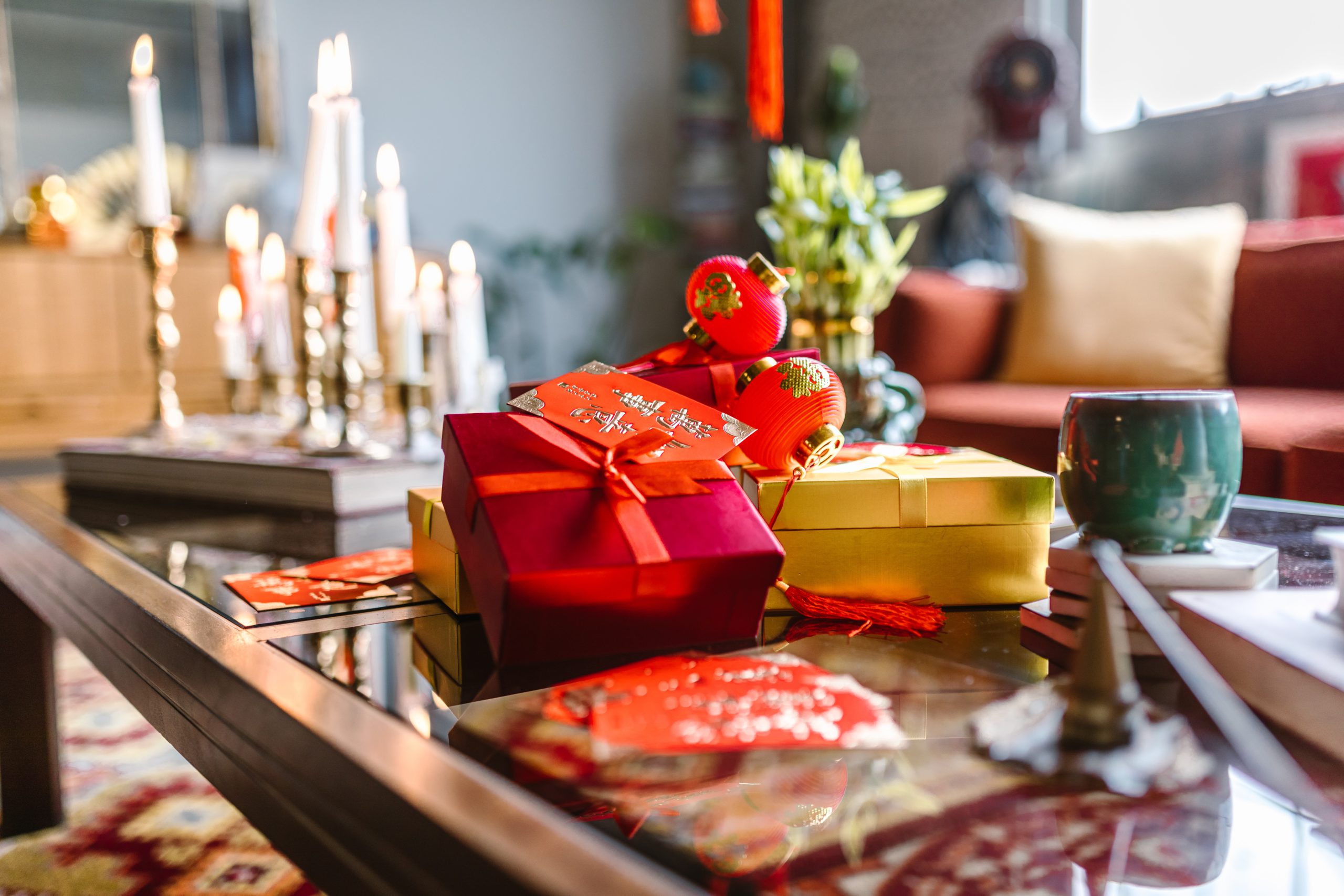A Guide to Auspicious Gifting at CNY
Are you going home to your hometown for Chinese New Year, and want to surprise your family with a gift? Or perhaps you plan to visit relatives but not sure what to offer?
In Chinese culture and especially during the new year, it is important to offer thoughtful gifts that are auspicious and signify your wish for continued success towards your receiver.
Here are some traditional, and not-so-traditional gift ideas for the lunar new year.
Plants
Pussy willow
Most attractive when in bundles, these whitish fluffy buds on tall stalk (that are sometimes coloured by florists) symbolise growth and the coming of prosperity. And aptly so, as these plants can last well after Chinese New Year to make for an additional house plant.

Lucky bamboo
A house plant that is often used in feng shui, lucky bamboo stalks are a symbol for fortune and prosperity, and are sometimes even accessorized with lucky coins. Best of all, it’s a resilient plant that is easy to care for, and can be grown in soil or water.
Symbols of the zodiac
As each animal in the Chinese zodiac is associated with certain principles, offering a present in the form of the zodiac is a way to wish your receiver all the values and goodness associated with that animal.
For example, offering a statue or figurine in the form of a tiger would be wishing all the strength, power and fearlessness of the noble animal towards your receiver, so that they would have success in their own life in the new year.
Flowers
Orchids
A favourite in feng shui, this exotic flower represents not just wealth but also fertility and therefore children and family. Available all year round, potted orchids can last very long when cared for.

Peonies
Available in red or pink hues that add a lovely complement to the CNY red and orange fruits, peonies are particularly auspicious as in Chinese culture they are associated with good luck, prosperity, love and honour.
Fruits
Oranges being the fruit mascot of the festive occasion, are so popular as the Chinese word for ‘orange’ can act as a pun for ‘wealth’ or ‘success’. Furthermore, the joyous orange colour is also believed to represent gold, and when placed around the house or even business premises, will attract good fortune.

Oranges along with pomelos are favourites during CNY, and gifting fruit baskets with these lucky fruits is a way of wishing your receiver luck and good fortune.
Something red
In Chinese belief, red is considered lucky as it is related to fire and energy, and symbolises good fortune, prosperity and joy, hence why it is the colour of the occasion.
If you’d like to offer a more modern present rather than a traditional one, offering something red is an easy way to wish your receiver an auspicious new year. Chocolates that come in a beautiful red box, or gift hampers with red items or red wrapping, are some easy solutions for lucky CNY gifts.
Tip: Sweet items such as chocolates and candy are doubly lucky as sweet foods and snacks at Chinese New Year represent the wish to have ‘sweet things’ in life.

Besides the content of your gift, your gift-giving etiquette is also important in Chinese culture. To start with, it is important to show respect by offering any gifts first to the elder or more senior members of the family, before handing out any gifts to younger family members. It is important also to check that gifts don’t have any unlucky symbology attached to them, for example no unlucky numbers that may appear on the gift packaging. And finally, when presenting your gift or even ang pao, ensure that you are engaged with your receiver and that you hand it over to them with both hands to show your sincerity.
GemSpot wishes you a safe, joyous and prosperous Chinese New Year!
Check back soon for a new and improved GemSpot platform, and get ready to place your food and gift orders!
